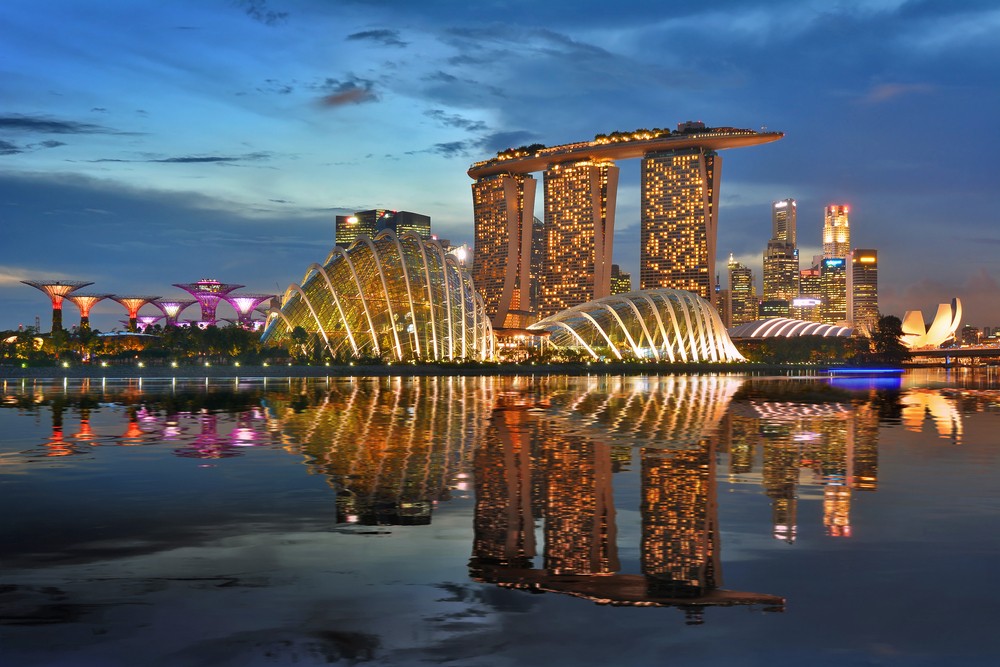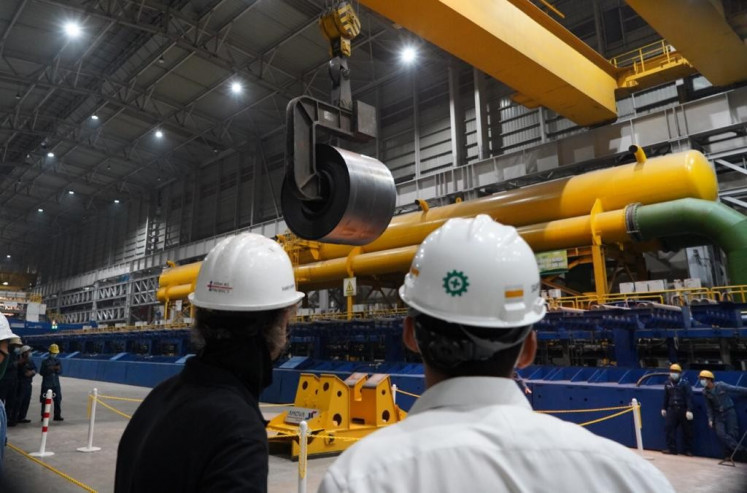Popular Reads
Top Results
Can't find what you're looking for?
View all search resultsPopular Reads
Top Results
Can't find what you're looking for?
View all search resultsThe trajectory of ASEAN smart cities
Change text size
Gift Premium Articles
to Anyone
C
urrently one third of ASEAN’s population live in medium-sized cities (home to between 200,000 and 2 million people) but they contribute about two thirds of its gross domestic product. By 2025, it is predicted that the population living in medium-sized cities will double, making them the main engine for the region’s economic growth.
As a result, rapid urbanization and its impact will create multidimensional challenges that will need immediate economic, social, environmental and institutional solutions. If not managed properly, issues such as congestion, waste disposal, pollution, security and safety, financial and physical infrastructures, including affordable housing, will make the cities a poor place to live in and subsequently lower their people’s quality of life.
Climate change is another major issue confronting cities around the world, including Southeast Asia. About 70 percent of them are already dealing with the impact of climate change, and nearly all are in jeopardy. Over 90 percent of all urban areas are coastal, putting most cities on earth at risk of flooding from rising sea levels and powerful storms.
Larger cities have a ravenous appetite for energy, consuming two thirds of the world’s energy and creating over 70 percent of global CO2 emissions. Therefore, emission reduction in the cities will play a significant role in dealing with global warming.
Relying on the proliferation of digital information technology and responding to the above threats to future cities in Southeast Asia, initiated and developed by Singapore, ASEAN has established the so-called ASEAN Smart City Framework (ASCF) implemented through the ASEAN Smart City Network (ASCN).
The ASCF is the foundational document for the ASCN and serves as a nonbinding guide for smart city development in ASEAN. The basic idea behind the ASCF is that, the enablers, in this case digital technology and its application, funding and partnership, will ignite the focuses of city development in the form of civic and social, health and wellbeing, safety and security, quality environment, built infrastructure, industry and innovation to achieve a sustainable environment, competitive economy and high quality of life through integrated, adaptive and dynamic urban governance.
This is one of the most comprehensive concepts and definition of smart cities in literature. It covers not only the economy, social, environmental and institutional components, but also discusses the source of forces to stimulate a smart city development. The most important aspect is that it is going to be done through integrated, adaptive and dynamic ways, involving the private sector to boost developments in, currently, 26 cities across ASEAN.


















